The Willey Family Tragedy
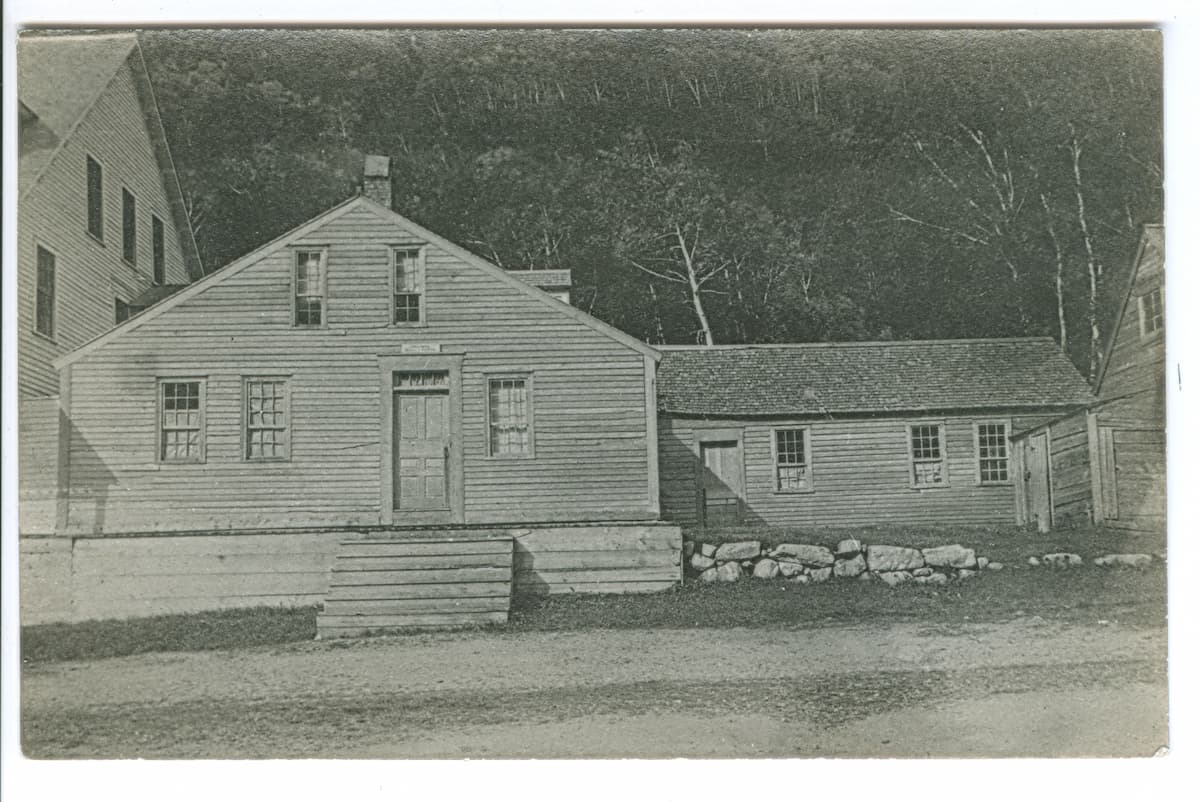
In 1825, Samuel Willey Jr. and his family moved into a house nestled in the heart of Crawford Notch. The events that transpired there unknowingly turned the White Mountains into one of the biggest tourist attractions on the East Coast.
Born in 1788, Samuel Willey Jr. was a New Hampshire local. He and his wife, Polly Lovejoy, were born in Concord, and owned a farm in Lower Bartlett. They stayed at the farm for thirteen years, raising their five children before relocating to Crawford Notch. Though Crawford Notch was relatively desolate at the time, the Willey family moved there in an attempt to break into the inn-keeping business. They purchased a house known as the Old Notch House built in 1793 and situated in the shadow of what is now called Mt. Willey. After they moved in, they hired two additional men to help enlarge and repair the house, turning it into a two-story home with stables and a barn. They renamed the house the Willey House Inn and Tavern.
Most of the visitors who stayed at the Willey House were farmers from New Hampshire and Vermont who were passing through the Notch on their way to Portland, Maine. However, these were not the visitors the Willey family was anticipating. They were hoping for tourists who, inspired by the works of authors and artists at the time, came to Crawford Notch for the beauty of the White Mountains. The house was situated in a valley full of sugar maples, offering unparalleled fall colors. In June of 1826, a severe rainstorm tore through the White Mountains, causing a landslide across the Saco River. A huge mass of soil and vegetation slid into the floor of the valley near where the Willey House was situated. As a result, Samuel Willey Jr. decided to build a stone shelter slightly above the house where the family could flee if another landslide threatened the valley.
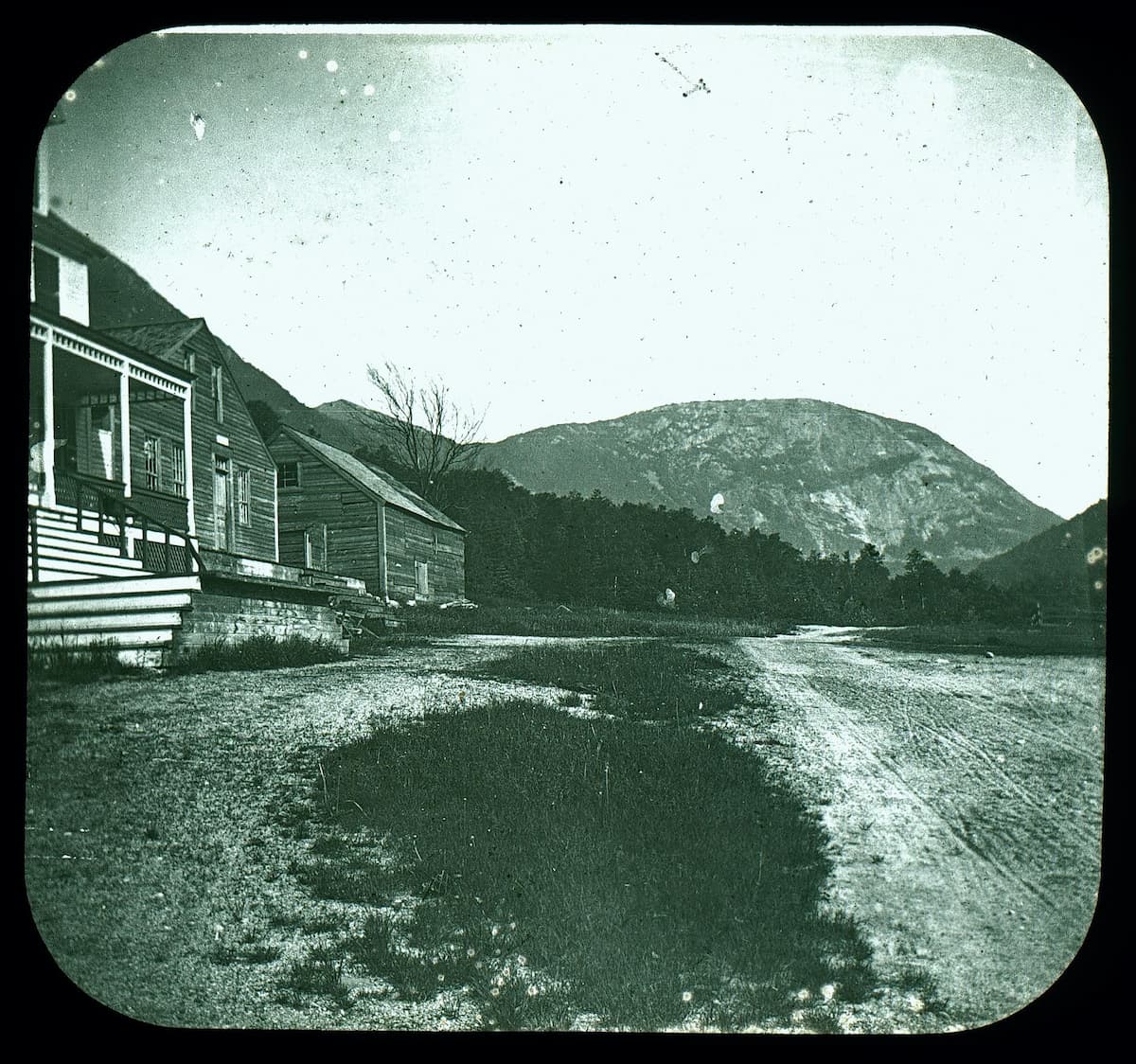
Two months later, in August of 1826, one of the most violent rainstorms ever known in the White Mountains passed through Crawford Notch. This rainstorm followed a period of severe drought which had transformed the mountain soil to powder and gravel. The result was another massive, destructive landslide. The Saco River rose 20 feet overnight, farms and their livestock were set afloat, and the dry soil came tumbling down into the valley. Able Crawford (for whom the Notch is named after) reported that his farm, located six miles below the Willey House, was destroyed. The next morning, a merchant traveled through the Notch to the Willey House. After navigating around six miles of rubble, he found the Willey House, still intact and standing. However, the Willey family and their two hired men were nowhere to be found. The merchant traveled back to Bartlett to spread the mysterious news. The day after, a search party full of anxious friends and relatives was organized. They reached the Willey House, but like the merchant, found it completely deserted. Though the area nearby was covered in debris and rubble, the house had somehow survived because it was situated near a rock ledge that divided the major slide into two streams. The slide, therefore, passed by the house on both sides leaving it untouched.
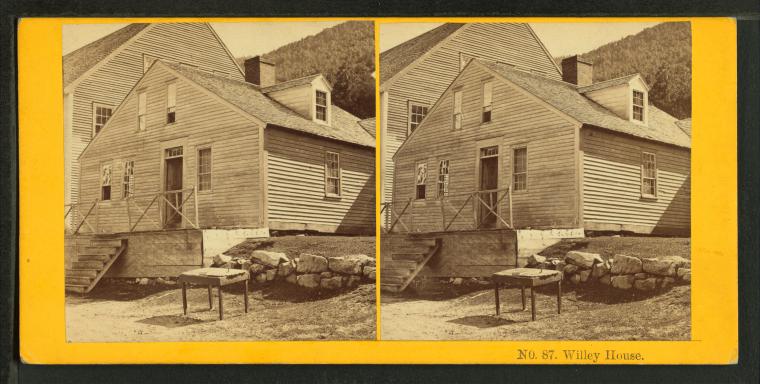
Inside the house the search party found unmade beds, clothes thrown about, and an open Bible on a table. The party concluded that the family must have left the house in a hurry. After hours of looking, the search party found the bodies of Mr. and Mrs. Willey, two of the children, and the two hired men nearby. They had been crushed in the wreckage of the slide. The three other children were never found. Though it’s not clear what happened, it’s presumed that the family had fled the Willey House to stay in the stone shelter that Samuel Willey Jr. had built after the first landslide. Whether they died in the shelter, or on their way, is a mystery. What is known is that if they’d stayed in the Willey House they likely would have survived.
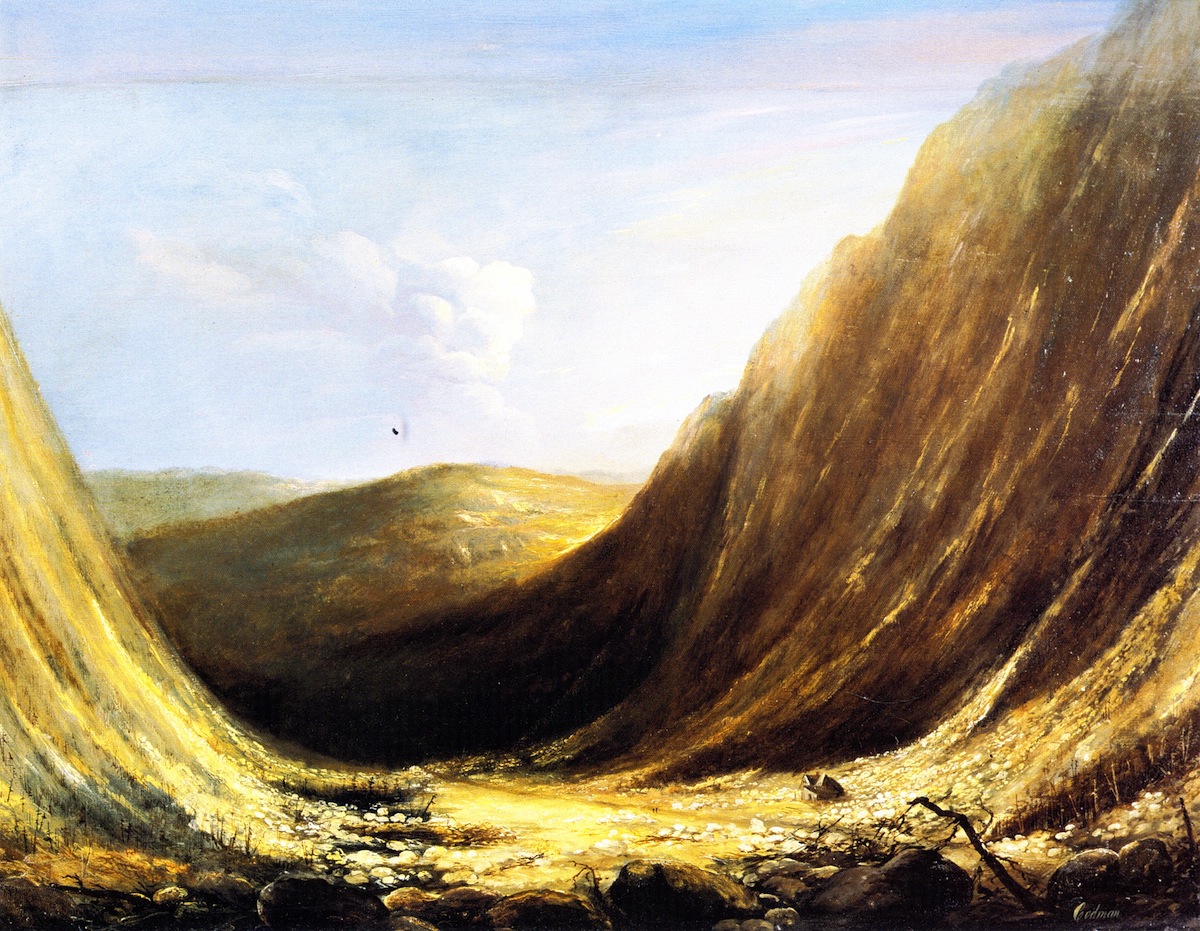
News of the Willey Family tragedy spread through newspapers and guidebooks, attracting tourists to the region. People were drawn to the site, captured by the story of what happened, and awed by the survival of the house. Famous authors and poets used the house as a source of inspiration. Nathaniel Hawthorne wrote a short story about the tragedy called The Ambitious Guest. Artists were equally inspired. Thomas Cole, the founder of the Hudson River School of Painting, painted a landscape called Distant View of the Slide that Destroyed the Willey Family. These works of art and literature drew people to the White Mountains like never before – the kinds of people the Willey family were hoping to meet when they first moved to the house.
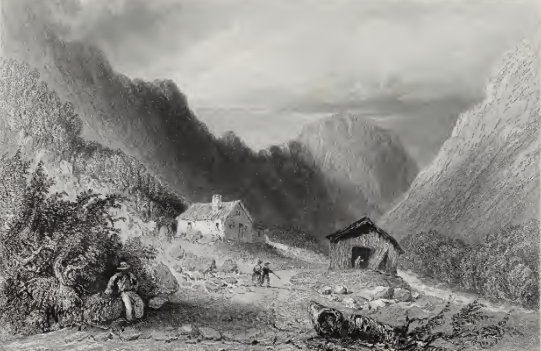
After the tragedy, people tried to capitalize on the new interest in the region by converting the Willey house into a hotel offering tours. The novelty of the story eventually wore off and nature had taken its course to repair the surrounding areas. Though never confirmed, some say that this story is the origin of the phrase “gives me the willies.”

The Willey House is now an interpretive center within Crawford Notch State Park.




